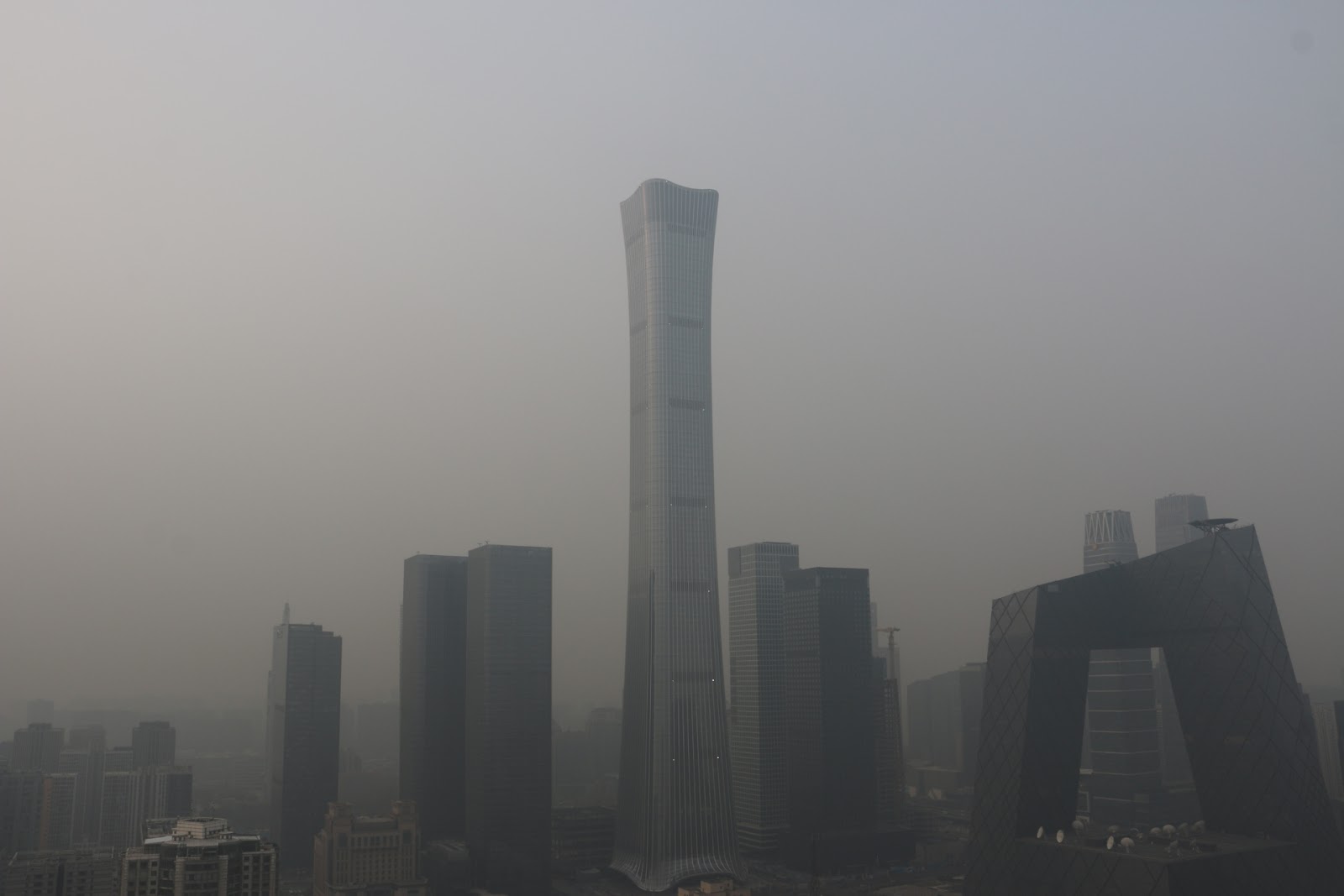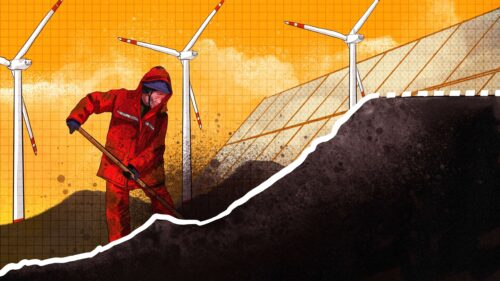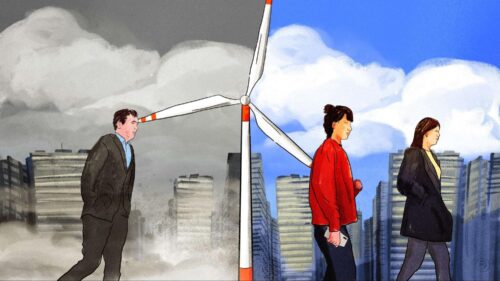China to act on air pollution. Climate change, not so much.
China’s State Council said that it wants to “apply research outcomes to prevent and control air pollution,” but it made no specific mention of carbon emissions or climate change.

Earlier this week, The China Project asked Fan Dai, the director of the California-China Climate Institute, what her impression is of public awareness on climate change in China. Her response? “Air quality is still the primary environmental concern in China,” and “China can do a better job” at communicating the connected benefits between reducing air pollution and reducing greenhouse gas emissions.
Today, as if to prove her point, the P.R.C. State Council chaired by Premier Lǐ Kèqiáng 李克强 released a meeting report on how China will “apply research outcomes to prevent and control air pollution” (English, Chinese).
- The report made no specific mention of carbon emissions or climate change.
- “Clean use of coal will be enhanced” (加强煤炭清洁利用 jiāqiáng méitàn qīngjié lìyòng), the report emphasized, as part of a series of initiatives that were supposedly “win-win” for the environment and the economy.
- A month ago, it was reported that in the first half of 2020, China built more than half of the world’s new coal-fired power plants.
However, while targeted and ambitious action on climate change remains a low priority for Beijing, air pollution and immediate pollution reduction are growing priorities.
Shenzhen is set to encourage environmental lawsuits starting on October 1, Caixin reports.
- The law will “allow public prosecutors, government departments and NGOs to sue illegal polluters and terminate ongoing environmental destruction,” which has been technically allowed since at least 2015, but the process was often prohibitively expensive or slow.
- The southern megacity would be the first jurisdiction in China to set up a “public welfare fund to cover anti-pollution lawsuit costs and repair illegal ecological damage.”
Meanwhile, some state and private actors are becoming more involved in renewable energy projects:
- Energy giants PetroChina, Sinopec, and CNOOC have “outlined initiatives to develop hydrogen and wind power,” Reuters reports. These plans represent an initial, small step in the direction of global energy companies like BP that have said they will “spend billions on renewable energy assets to stay relevant in a low-carbon future.”
- Huawei is providing the grid infrastructure for a massive agrivoltaic project in Ningxia: pv magazine reports on the expansion of a 640 MW solar park into 1 GW, where the Baofeng Group plans to grow goji berries in the shade of solar panels.
What is China waiting for?
On one hand, the bar is low for China to claim the mantle of a leader on climate change efforts. The country can boast of its impressive, if slowing, implementation of renewable energy technology, or even easier, make a comparison to the complete rejection of climate science by the U.S. under Trump.
On the other hand, the risks are high for China: A study published last year found that approximately 43 million to 57 million Chinese people currently live on land that will be underwater by the end of the 21st century, due to sea level rise from climate change. Historic floods, like those that hit China this summer, will only get worse as the atmosphere gets warmer.
It’s clear that Beijing is focused on short-term economic stability. However, it’s unclear when that might ever be truly balanced with an aggressive approach to tackling the serious threat of climate change.






